As part of Australia’s largest urban renewal project, the Victorian Government identified the Fishermans Bend Employment Precinct as a National Economic and Innovation Cluster, with a target to deliver 40,000 jobs. The precinct is adjacent to the Port of Melbourne and contains Westgate Park and key engineering and advanced manufacturing institutions, including General Holden Motors, Boeing and the Defence and Science Technology Group. The Victorian Government purchased the former General Holden Motors site to provide a catalyst for the transformation of the area into Australia's leading precinct in design, engineering and advanced manufacturing. A new tram will connect the precinct directly to the existing CBD.
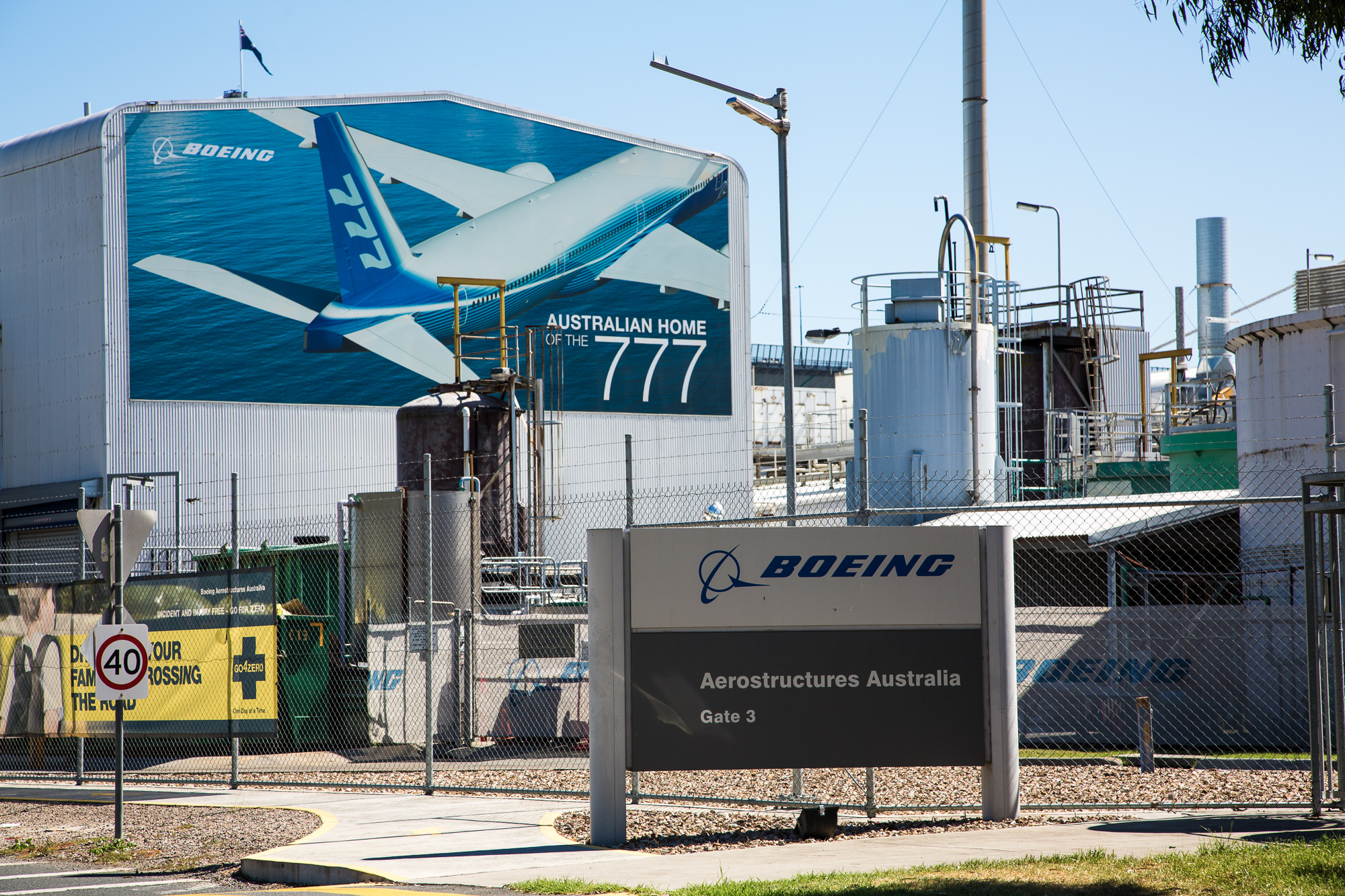
Midway through the project development Hodyl & Co were brought on board to develop an urban design framework, to guide the transition of the precinct into a high quality urban environment with the capacity to deliver 40,000 jobs.
This project presented challenges in responding to the pre-existing built form within the Employment Precinct, characteristed by large blocks, heavy traffic, transmission lines, car parking and a lack of open space. The opportunity was to bring activity into the site and to grow and attract innovative businesses through strategic collaborations between government, council, anchor institutions and private landowners to deliver a design-led vision.
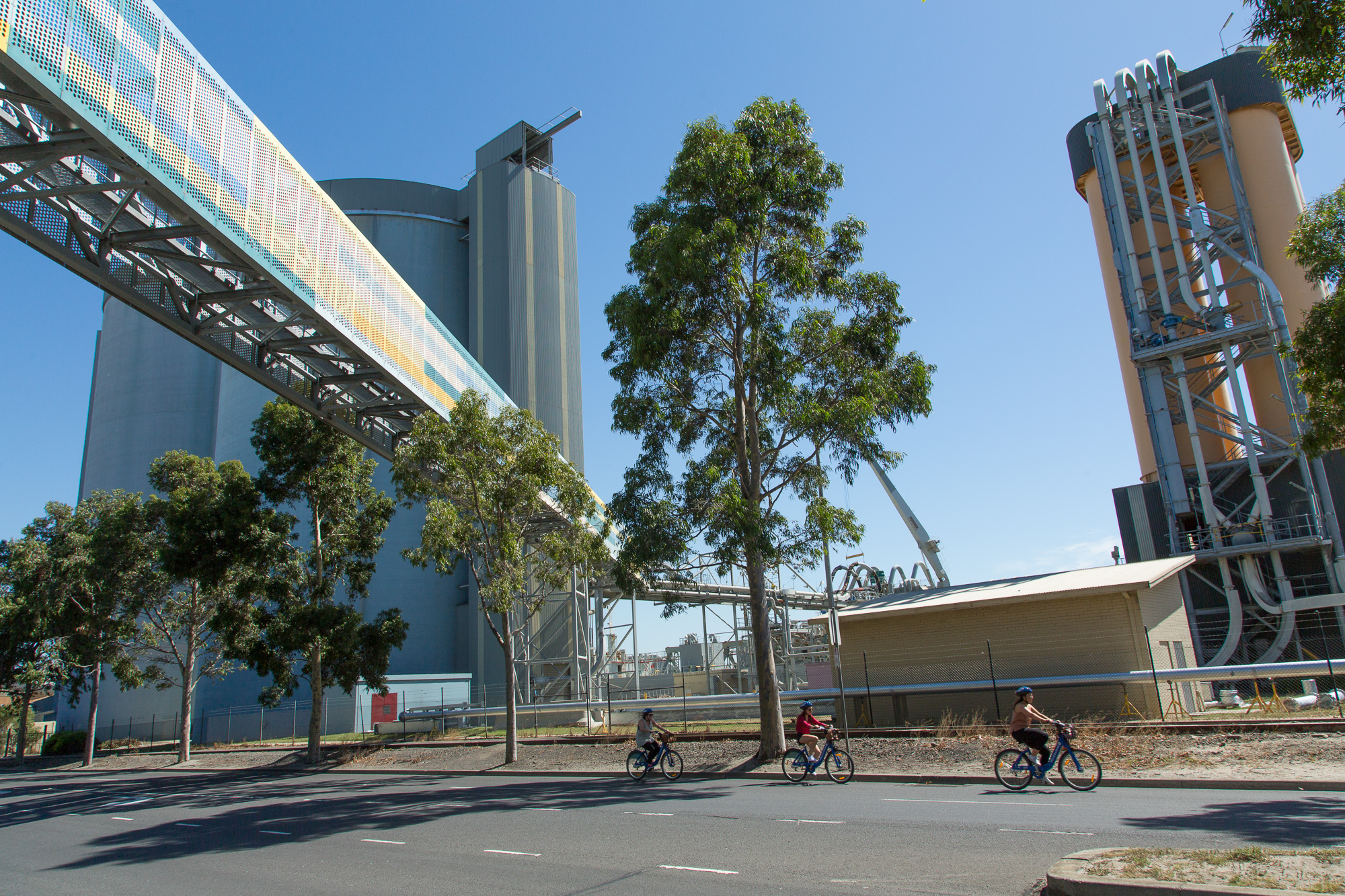
The urban design framework will include propositions for land use, built form, open space, streets, transport and heritage. Currently in development, the framework will generate new ideas, as well as responding to previously conducted research and design thinking, to produce a cohesive framework that responds to the positive aspects of the existing character of the employment precinct.
Once complete, this urban design framework will guide the transition of the aging industrial site into a quality urban precinct that fosters innovation thinking and excellent in design, engineering and advanced manufacturing.
Related Projects
Fishermans Bend Urban Design Strategy
Fishermans Bend is Australia’s largest urban renewal project. In 2012, 250 hectares of land on the edge of Melbourne’s CBD was rezoned to deliver an ambitious transformation of an existing industrial area into four new mixed-use neighbourhoods housing 80,000 people and 40,000 employees. The rezoning preceded any planning work creating significant challenges in delivering on the vision. The urban renewal project has a 35 year timeline and as such, considered approaches to land use, density and the built form will be imperative to the precinct’s success.
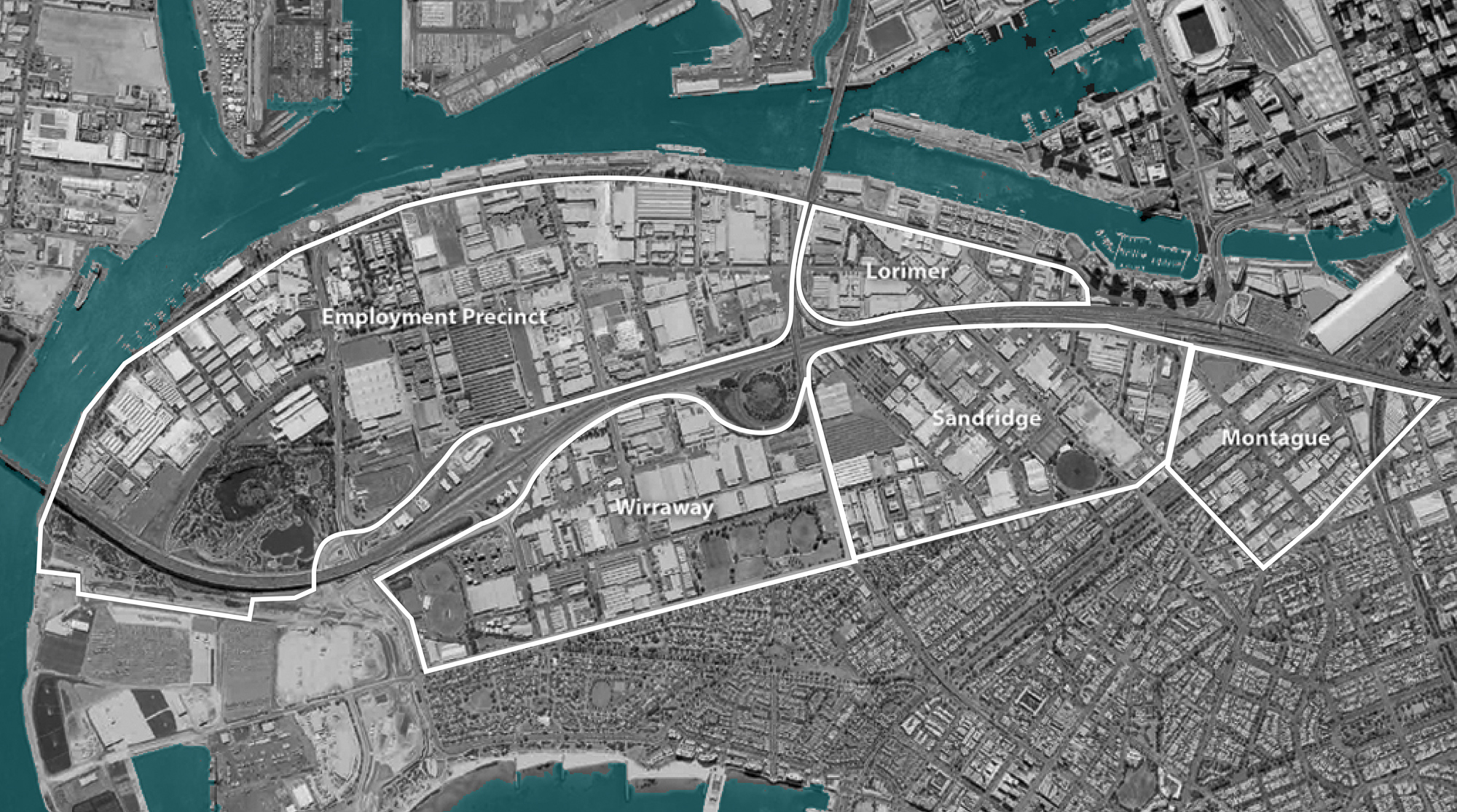
Between 2012 and 2015, the project was subject to a series of planning interventions that accumulated in a confused and highly contested planning context and low community confidence in the future of the area. In 2016, the planning for Fishermans Bend was recast and significant work was initiated for new transport, open space and infrastructure planning as well as the preparation of an urban design strategy to guide the overall character of each neighbourhood, including densities and land use mix.
A key challenge in the development of an urban design strategy was arresting poor development trends that were emerging in development permit approvals. This included very high residential densities, inadequate building separation and a lack of housing diversity.
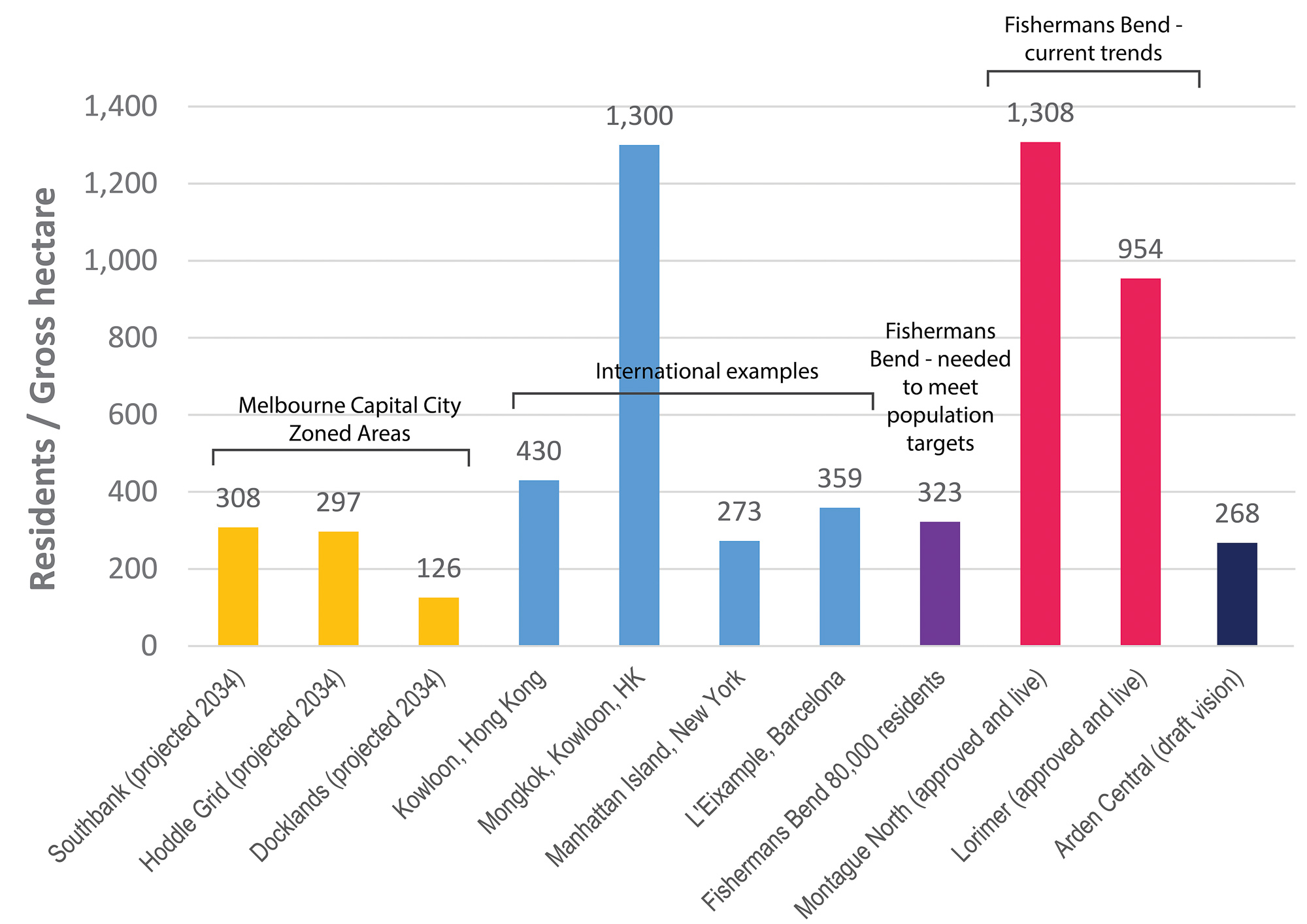
Our work aligned the identified strategic objectives for Fishermans Bend, including the enhancement of employment opportunities, creation of new open public space and streets and the delivery affordable housing, with the design objectives, including the creation of walkable, healthy and characterful neighbourhoods.
The urban design strategy introduced sophisticated built form controls that support flexible design outcomes and design excellence. This included support for hybrid developments that incorporate a range of housing typologies, the introduction of density controls to manage overall growth and tailored built form controls to support the realisation of the preferred neighbourhood character in each precinct.
Our work was informed by comprehensive 3d built form testing to enable the development of tailored controls that responded to site conditions within each precinct.
Leanne Hodyl was the key urban design expert witness for the state government and successfully argued for the introduction of a new design approach.
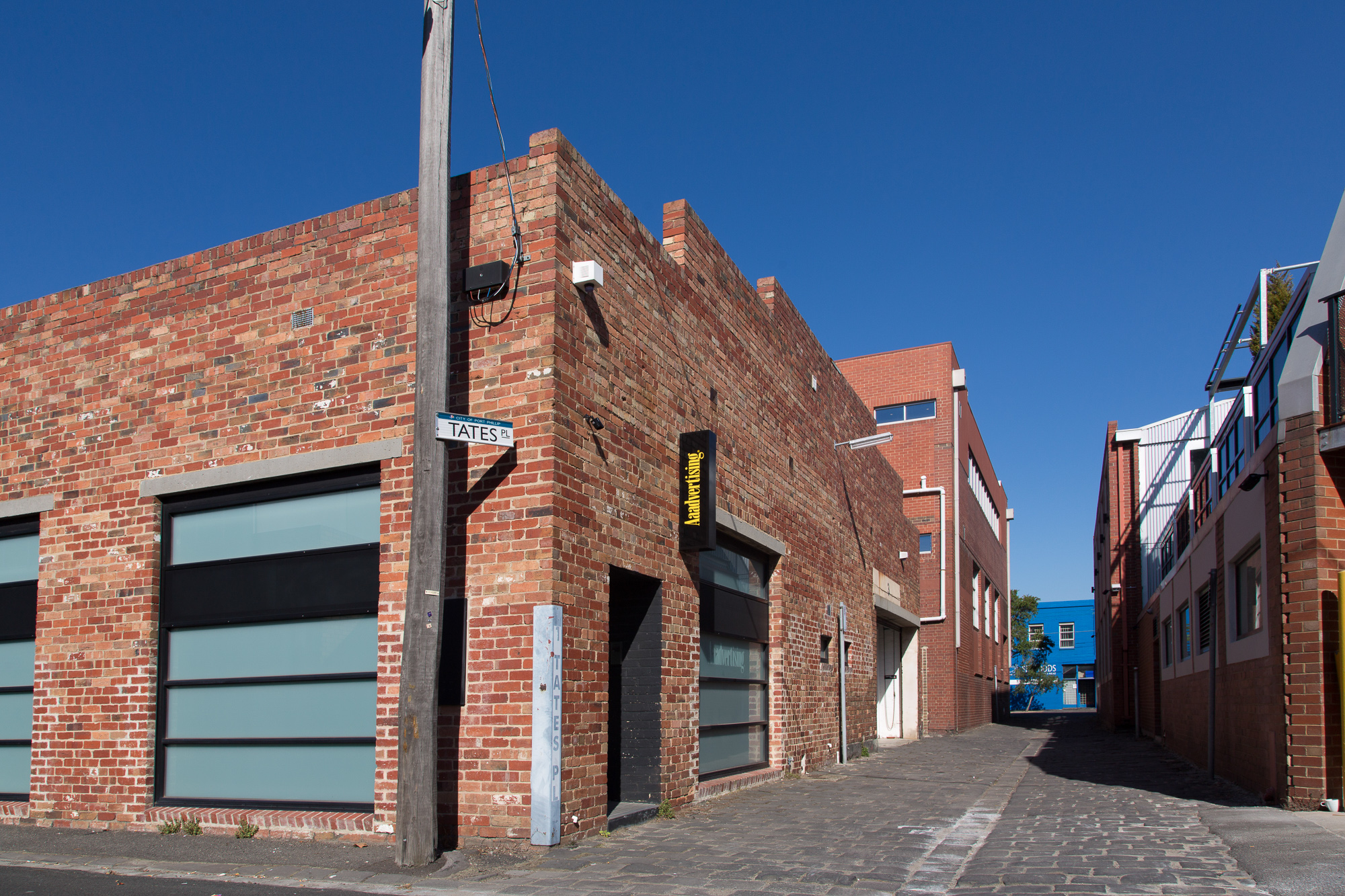
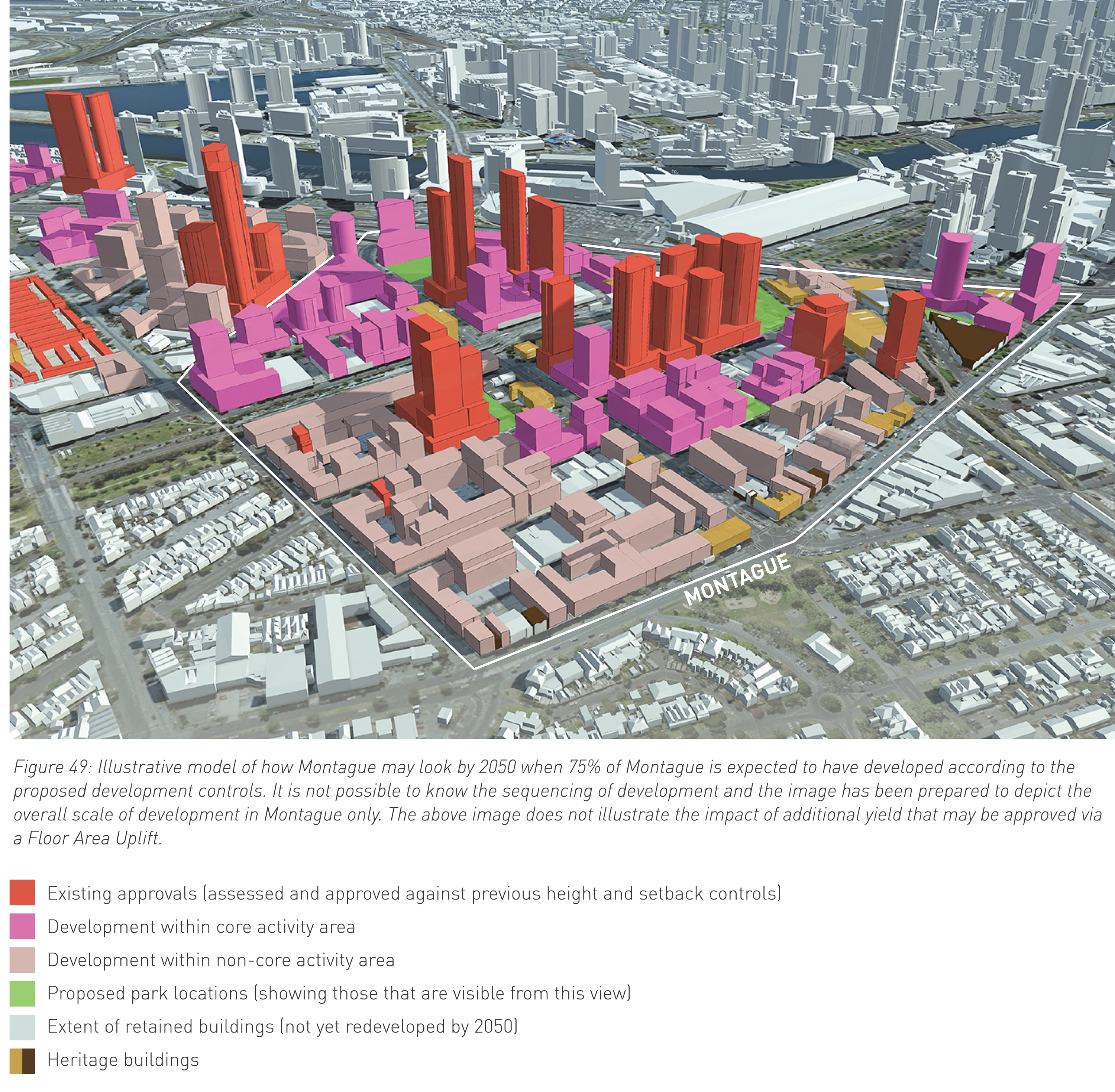
The planning for Fishermans Bend has been highly controversial, with diverse stakeholders challenging the proposed development outcomes for the area over the past 6 years. The Urban Design Strategy was finalised in 2017 and provided the strategic justification to support significant revisions to the existing planning controls. The revised planning controls will now guide the transformation of each precinct into well-designed, characterful and diverse mixed-use precincts. These were supported in a review by an independent panel and now apply to all new development.
Media
New tram over Yarra, train line and tower heights put into Fishermans Bend plan
Fishermans Bend's Urban Design Strategy Visuals
New vision for Fishermans Bend: Towers cut down to size, car parks limited
Finalisation of Fishermans Bend Framework
Fishermans Bend developers face height restrictions under new planning rules
Related Projects
Central Melbourne Built Form Review